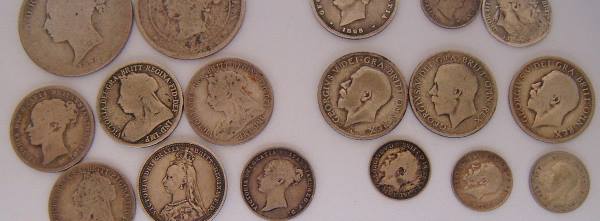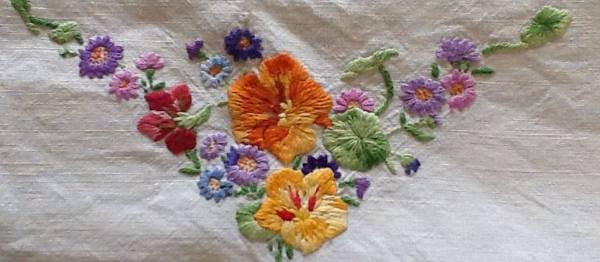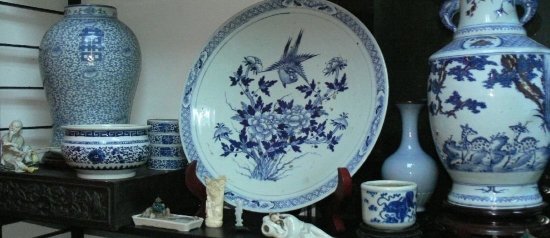In the early nineteenth-century aristocratic world to which Sir John and Lady Jane Franklin belonged, science was an intrinsic part of European collecting cultures. Science motivated, justified and explained European voyages of discovery and reconnaissance. Natural objects were on a par with antiquities and ethnic souvenirs. Specimens represented the world beyond Europe (thus, a waratah could stand in for Australia); they offered knowledge of who Europeans were, and where they came from. In the well-appointed homes of Jane Franklin and her ilk, scientific specimens, like Japanese antiques, enhanced one’s values and status. Science, however, offered more that mere decorative display. Scientific collections invited participation in the project of universal knowledge – a part of something so much bigger than one’s self.
Sir John Franklin was himself an explorer-scientist well known for his voyages in the Canadian Arctic before his posting as Governor to Van Diemen’s Land in 1837. Strongly identified with Sir John’s projects, Jane Franklin brought to Van Diemen’s Land a fervent belief in the importance of science for the developing colony along with her habits of souvenir collecting on her many travels. Stopping in Cape Town on the voyage out, Jane insisted on an ascent of Table Mountain, during which, she recorded in her journal (Mitchell Library, State Library of New South Wales) in November 1836, ‘I was busy in picking a specimen of all the flowers I met with, tho’ they were all worth nothing & thrown away before we returned home.’ She added that while there she visited
… a place in which to procure collections of insects, & bulbs & c. – 2 other places were named where I might procure curiosities of different sorts&I went to the first where I saw a number of stuffed birds & animals, & Caffir instruments – amongst these I purchased a Cape mole of gigantic size & a Caffir milk vessel.
She also noted of the distinctive Cape hens shot by a fellow traveller:
As Mr Cobb had shot them, I asked him to give me the curious bill of one of them, but he did more by preparing the bird for me, while the other became the property of the Dr who collects all the specimens of natural history he can for Dr Richardson – I was desirous of seeing the process of preparing the birds, which was begun on the hen roof on the poop, but as they emitted a very bad smell they were away, & the operators retired with their anatomical subject to the Drs cabin below, where I did not think proper to follow them.
In Van Diemen’s Land, Jane Franklin found a role in promoting the study of the colony’s quintessential symbol and resource – its natural history. She played hostess to the impressive scientific visitors (including Charles Darwin, Joseph Hooker, Count Edmund de Strezlecki and Ludwig Leichhardt) who came to collect natural history data; actively encouraged scientific meetings and publications; built a colonial museum (Ancanthe) in the midst of the Botanic Gardens she’d constructed; and attempted (as a patron) to form a collection of her own. She lamented that she had little time to do this adequately: “‘tho’ I have often expressed my desire to make a collection & have taken such steps as are in my power to do so, I have made but little progress & received very little help in doing so.”
Jane was more successful at promoting the collections of others. To ornithologist John Gould and his wife and illustrator Elizabeth, Jane Franklin offered not merely hospitality but organised collecting expeditions on their behalf. She determinedly involved herself in these expeditions, making over her diary to a record of the day’s takings with as much triumph as if she were to author The Birds of Australia. One such expedition took the party to Recherche Bay, the site of a former French scientific mission. There, Franklin and her friends could find no sign of the previous visitors except some fragments of metal plaques which had rusted away from the nails affixing them to tree trunks. For lack of a better souvenir, Jane Franklin collected the nails.
Natural history was often the only collectable resource available to settlers, as Franklin noted in amusement when the wife of a petitioner to the Governor presented her with a variety of local seaweeds in support of his cause. For Jane Franklin, such offerings were very often also the most appropriate. One of her most poignant memories was her presentation, as she trod the gangplank to her new home for the first time, with a bouquet of native flowers: ‘the most characteristic and acceptable compliment which my new country could furnish.’





